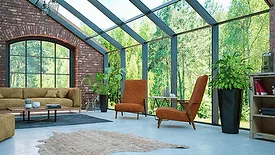John Seigenthaler: Renewable Heating Design
John Siegenthaler: Details for venting pellet-fueled boilers
Sealing the deal
March 31, 2023
John Siegenthaler: Soaring fuel costs drive adoption of high-efficiency/low emissions wood-burning boilers
Rekindled interest
January 31, 2023
John Siegenthaler: Modifying high-temperature distribution systems for lower-temperature operation — part two
Part two of a series
January 3, 2023
John Siegenthaler: Modifying high-temperature distribution systems for lower-temperature operation
Aiming lower — part one
December 2, 2022
John Siegenthaler: DHW Trifecta
Coordinated ways to add heat to domestic water.
November 2, 2022
John Siegenthaler: How to add a pellet boiler to a forced-air heating system
Pellets to plenums
August 31, 2022
John Siegenthaler: Sensor placement is critical to designing successful hydronic systems
Sensible details
July 1, 2022
RENEWABLE HEATING DESIGN
John Siegenthaler: Heating, cooling and DHW from a single system
Three from one
June 1, 2022
Keep your content unclogged with our newsletters!
Stay in the know on the latest plumbing & piping industry trends.
JOIN TODAY!Copyright ©2025. All Rights Reserved BNP Media.
Design, CMS, Hosting & Web Development :: ePublishing











